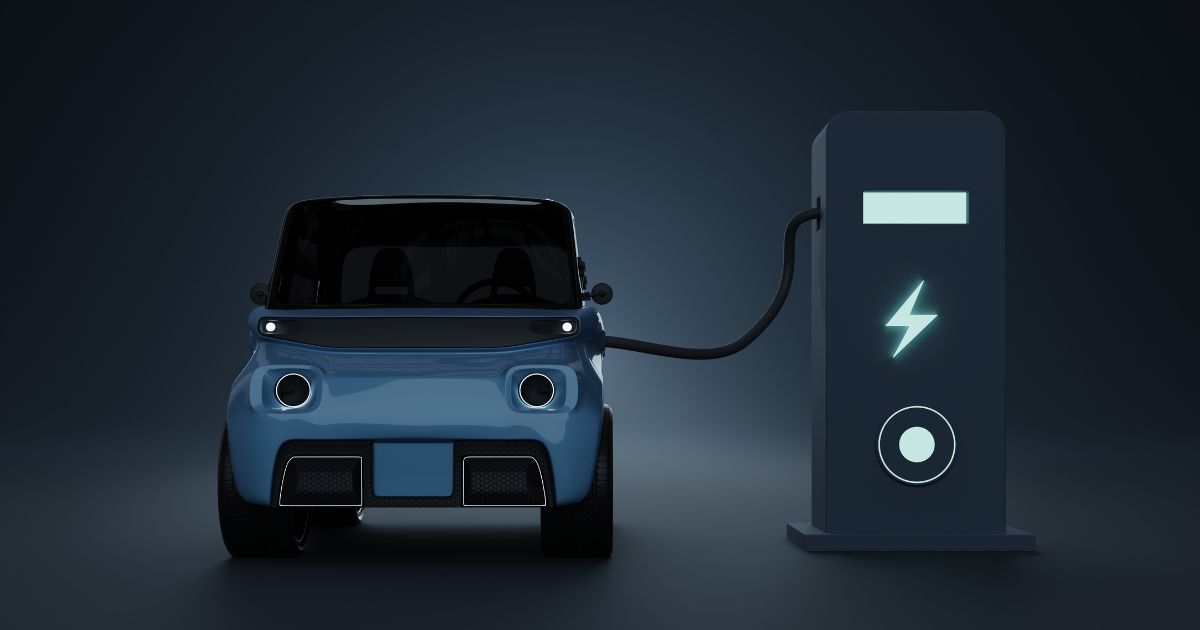The shift towards buying electric vehicles (EVs) is not merely a trend but a paradigm shift in the automotive industry. Researchers delve into the depths of consumer motivations, seeking to unravel the intricacies behind the surge in EV adoption. What drives individuals to embrace this eco-friendly alternative, forsaking the familiarity of traditional automobiles?
Environmental Consciousness: A Primary Driver
As concerns about climate change continue to escalate, consumers are increasingly drawn to the environmentally sustainable aspects of electric vehicles. According to recent surveys, over 70% of EV buyers cite reducing their carbon footprint as a significant motivator for their purchase decision. This aligns with a broader societal trend towards eco-consciousness, where individuals seek to align their choices with environmental values.
Economic Incentives: Balancing Cost and Savings
Beyond environmental considerations, financial factors play a pivotal role in shaping consumer behavior towards EVs. Government subsidies, tax incentives, and lower operational costs, including savings on fuel and maintenance, serve as compelling reasons for consumers to transition to electric vehicles. Studies indicate that nearly 60% of EV purchasers highlight long-term cost savings as a decisive factor in their buying journey.
Technological Appeal: Embracing Innovation
The allure of cutting-edge technology is another significant motivator propelling consumers towards electric vehicles. With advancements in battery technology, enhanced driving ranges, and seamless integration of smart features, EVs offer a futuristic driving experience that resonates with tech-savvy individuals. Surveys indicate that approximately 60% of EV buyers are drawn to the innovative aspects and futuristic appeal of electric vehicles.
Leveraging Zamplia for Comprehensive Brand Tracking
In the realm of research, understanding consumer behavior requires robust data and analytical tools. Zamplia offers researchers a comprehensive platform for tracking and analyzing brand perceptions within the electric vehicle industry. By harnessing advanced analytics and real-time insights, researchers can gain a deeper understanding of consumer preferences, market trends, and competitive landscapes, empowering them to make informed decisions and drive impactful research outcomes.
Conclusion
As the world hurtles towards a future dominated by electric mobility, the motivations driving consumer adoption of buying electric vehicles continue to evolve. From environmental consciousness to economic incentives and technological appeal, diverse factors shape consumer preferences in this burgeoning market. Researchers play a pivotal role in unraveling the intricacies of EV consumer behavior, armed with insights gleaned from rigorous analysis and robust data tracking. As we navigate this electrifying journey, one question remains: What further insights lie beneath the surface, waiting to be uncovered?
FAQs
Electric vehicles offer comparable, if not superior, performance to traditional vehicles, with instant torque and smooth acceleration. In terms of reliability, EVs often have fewer moving parts, resulting in lower maintenance requirements and potentially greater long-term reliability.
Several challenges exist, including concerns about charging infrastructure availability and range anxiety, perceptions regarding upfront costs despite long-term savings, and the need for further advancements in battery technology to enhance driving ranges and reduce charging times.
Government policies and regulations play a significant role in shaping the adoption of electric vehicles, with incentives such as subsidies, tax breaks, and emission regulations influencing consumer decisions. However, inconsistencies in policies across regions, coupled with infrastructure limitations, can pose challenges to widespread adoption.
Sample Made Simple.
Increase cost efficiency, feasibility and quality between project and vendor, all on one platform with Zamplia. Take a tour or book a demo with us today.


